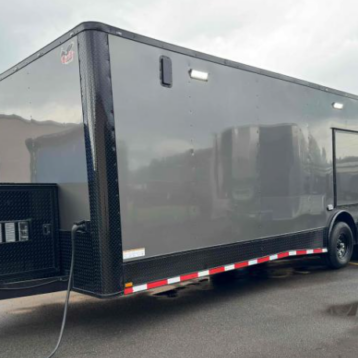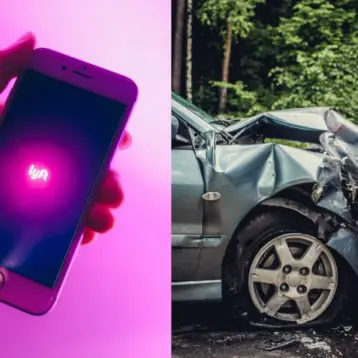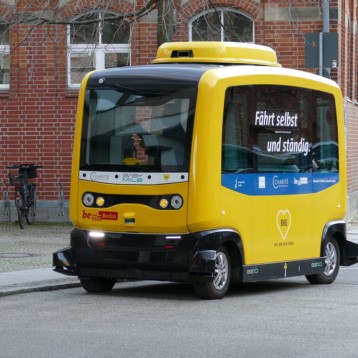|
The project started about five years ago and was funded by the Defense Advanced Research Projects Agency (DARPA). Since its launch, the augmented cognition research team has conducted actual experiments on European roadways. Kevin Dixon, Principal Investigator on the team, said they utilized data that already existed on the car’s computer to collect a wide range of physical data such as brake pedal force, acceleration, steering wheel angle, and turn signaling. He said that specialized sensors were embedded in the car’s systems, including a pressure sensitive chair and an ultrasonic six-degree-of freedom head tracking system that measured the driver’s posture.
In one of the experiments, five drivers wore caps with electrodes connected to an electroencephalogram (EEG) that monitored their brainwave patterns. The researchers collected information of the electrical activity of the drivers’ brains in various simulations of driving situations, or “classifiers” – for example, approaching a slow-moving vehicle or changing lanes. The system was able to detect the level of stress and difficulty of a task the driver was attempting and modified the tasks and/or environment to improve specified performance parameters accordingly.
|
“The beauty of this is that we aren’t doing anything new or different to the car,” Dixon says. “All the software that can make the determination of ‘dangerous’ or ‘safe’ driving situations would all be placed in the computer that already exists in the car. It’s almost like there is another human in the car.” Recently, Sandia researchers conducted several experiments at Camp Pendleton with Marine Corps personnel using a modified military vehicle. During a difficult driving maneuver, the software classifier instructed the car to modify some of its systems. For example, radio signals were controlled in order to not distract the driver. “Every year tens of thousands of people die in car crashes, many caused by driver distraction,” Dixon says. “If our algorithms can identify dangerous situations before they happen and alert drivers to them, we will help save lives.”
A lot of attention has recently been drawn to robotic vehicles – cars that drive and park by themselves, armed with radar sensors and cameras. Among other projects, DARPA is funding the prestigious annual “Grand Challenge”, where teams from all over the world compete in building vehicles that do not require a driver at all. TFOT recently covered “Robocar” – one of the contenders of DARPA’s 2007 Challenge (known as urban challenge) which was developed by a team of students at MIT.
More information on the project at Sandia Laboratories can be found here. More general information about the “urban challenge” could be found on DARPA’s official website.












